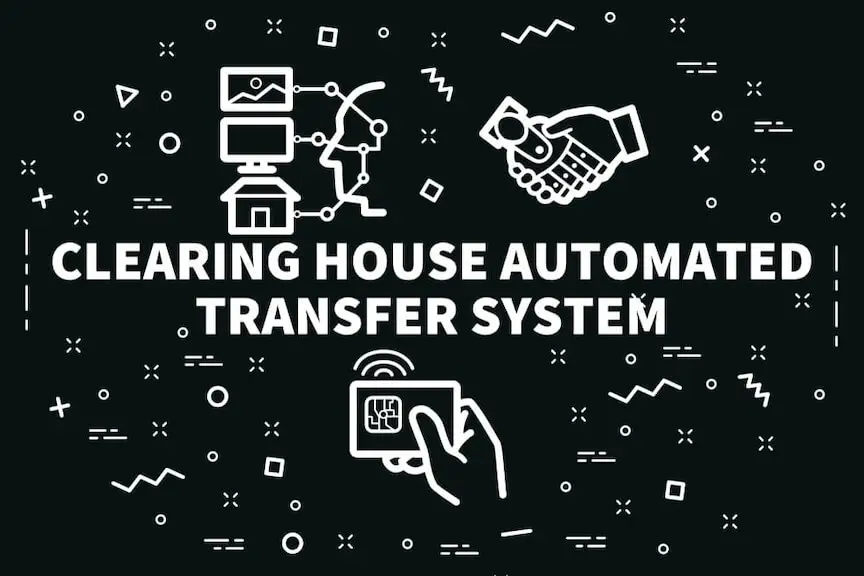From payment platforms to payroll providers, more financial services are providing the option of same-day processing than ever before. However, many consumers are still unaware of what ACH stands for, let alone how it works. By knowing what same-day ACH is, you can take full advantage of the benefits that ACH transfer services have to offer.
The Basics of ACH Transfer Service
ACH stands for Automated Clearing House. The ACH is an electronic network that connects financial institutions, such as banks, to one another. Through the ACH, banks can transfer money to each other securely, although not always quickly.
The Automated Clearing House has existed for approximately 50 years, predating much of the rapid-transaction technology that is now commonplace in today’s financial system. Instead, it was originally intended to be a more secure way of ensuring that large volumes of transactions reached their intended destinations.
Institutions can create transactions to send (credit) or receive (debit) money to and from each other through the ACH, with the Federal Reserve as an intermediary or a “clearinghouse.” Originally, once an institution received a request, it had until 8:30 a.m. Eastern Standard Time to process it. This meant that banks did not process requests made by customers after 8:30 until the following morning, a delay that many found inconvenient or even disruptive. Fortunately, we have moved past this outdated system, and more convenient, efficient solutions are in place.
Moving Faster
Given the ease of rapid communication today, it was only a matter of time until the ACH adapted to allow for faster transaction times. As of 2015, there are three times when institutions can process their transactions. These times are 8:30 a.m., 1 p.m., and 5 p.m. In this new system, any request made during East Coast business hours will be processed before the end of the day. ACH transfers for the same day are only possible with this new technology.

Credits? Debits? What Does It All Mean?
Before you can utilize the power that the ACH network offers, we need to delve deeper into the details of how the ACH network works. That means understanding statements like the following: ACH transfers made on the same day are only possible for credit transactions, not debits. That sentence may be full of technical jargon, but understanding it thoroughly is key to leveraging the ACH network to its full benefit.
A credit transaction involves one party handing over something, and the other party promising to pay them back later. For example, credit card companies make their money when they lend you a certain amount of money, and you promise to pay them back by a certain time. More casually, when you spot a friend for lunch and they say they will buy you a drink later, that is also a credit transaction.
On the other hand, a debit transaction involves one party taking money from another. When you collect money from your friends and then hand it over to a pizza delivery person, you engage in a debit transaction. In this example, you withdraw money from your friends’ accounts and then process it over to a vendor, just as a bank does. In the real world, the party being debited has a two-day waiting period to review the transaction before they hand over the money. After all, your friend might want to check the price before they hand over the cash.
From these explanations, it becomes clearer why same-day ACH transfer services use credit transactions rather than debit. When a bank withdraws money from another institution (debiting the account), it takes two days to verify that the request is correct before completing the transfer. When one institution offers to give another money (a credit transaction), the recipient is more than happy to oblige, and no wait time is necessary.
That means that, in order to complete a same-day Automated Clearing House transaction, the party sending the money must initiate the transfer. For employers and payroll providers, that means pushing the money into payees’ accounts, rather than waiting for each bank to request the money transfer. For more detailed information on how this process works, refer to this in-depth description of the ACH system.

How Do You Use Same-Day ACH?
The National Automated Clearing House Association (NACHA) offers numerous potential uses for ACH transfers. Payroll and social security direct deposits, invoices between businesses, and tax payments are all common and recommended uses for a same-day process.
Direct deposit is rapidly becoming the most popular option for employees to receive their salaries and wages. Not only is the ACH network more secure than a physical check, but it also often gets to recipients’ accounts faster than they would be able to cash a check. Not only does this help employees pay bills on time, but it also reduces the number of requests for transfers or payment tracking that employers need to field.
Businesses value secure and fast transactions, and that is exactly what same-day ACH transfers offer. The ACH network is a trusted mediator that businesses can rely on to process their high volumes of highly sensitive transactions. Debit transactions where a business requests payment from another cannot be processed with the same-day system, but the security of the transaction more than makes up for this inconvenience.
Many taxpayers were surprised when they first saw that ACH was an option for their next tax payment. After expecting the annual tax process to be as time-consuming as ever, the innovation of the same-day ACH transfer was a surprisingly positive development. For taxpayers who want to complete their tax return as soon as possible, the ACH transfer service has been a huge help.
Do You Always Need ACH for Same-Day Processing?
Although same-day processing is always useful, there are certainly more immediate dividends from some uses than others. Just like how shipments of food need to move faster than shipments of lumber, some transactions will not be harmed by a brief delay. If the top priority is to complete the transfer for the lowest expense possible, the small fee for same-day transactions may make a difference. But for many of the most important transactions, the highest priority is to send ACH transfers as quickly as possible.
As the benefits of immediate transfers compound, same-day transfers have become more popular. Their uses have expanded as well, going far beyond the few examples above. To find out more, it’s best to look below at the comments and contribute yourself. How does same-day processing affect your day-to-day activities? Leave a comment letting us know.
Last updated: September 2025

